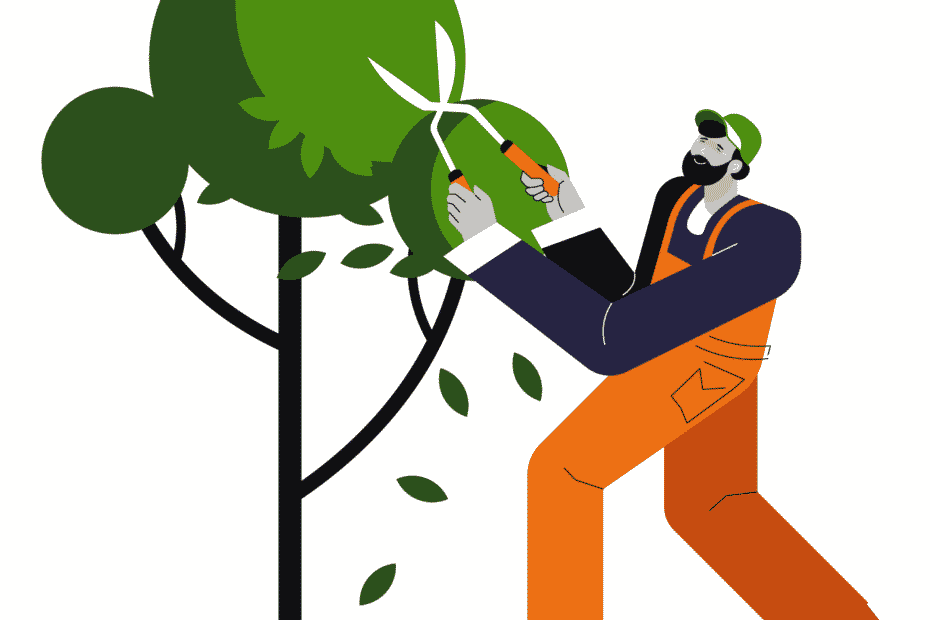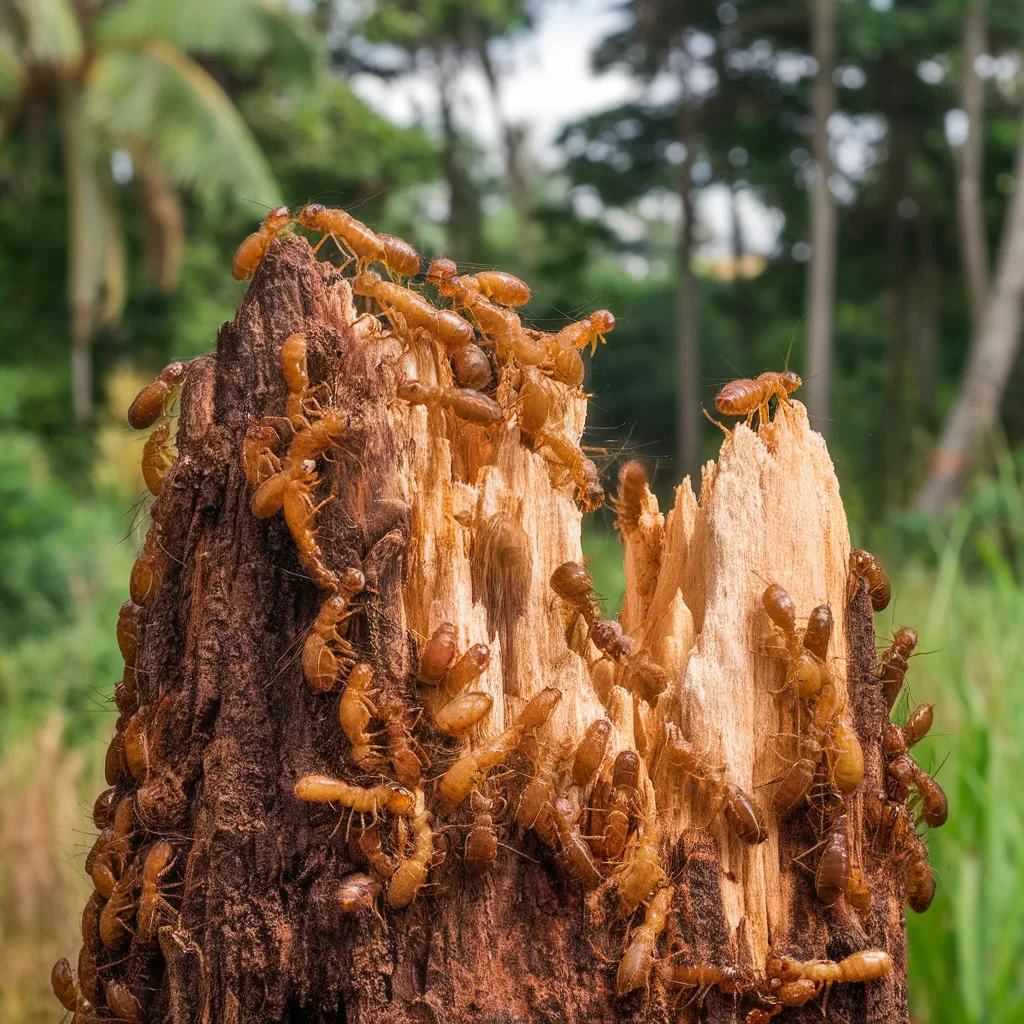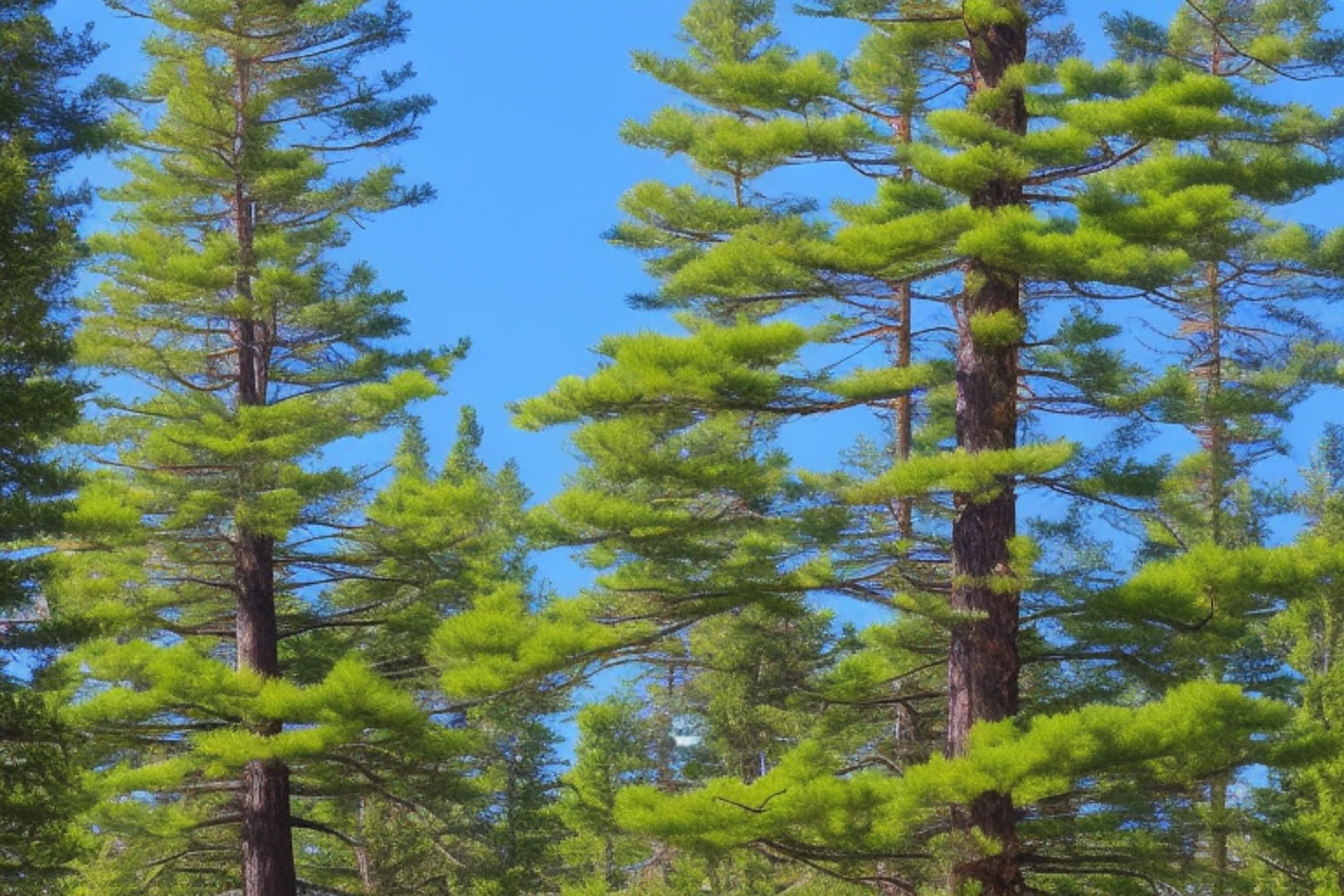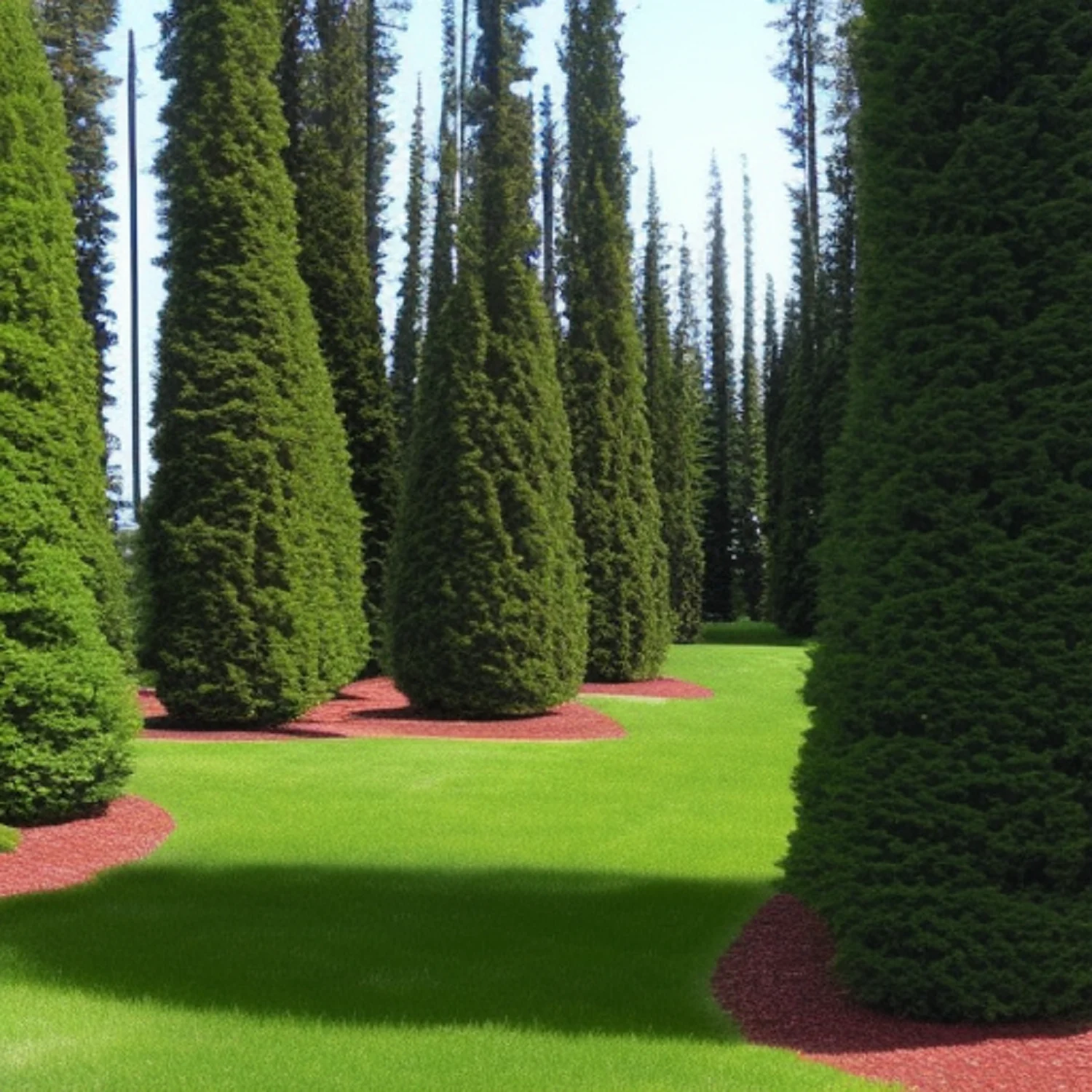*Article by : Edmund “SPARKY” Richmonds*
Value-added home improvement is an elusive goal. The expense of remodeling or adding on is rarely recovered. That’s why it is so important to choose projects that cost nothing or very little. Primary goals for home improvement should be for utility and satisfaction. Landscaping, which includes tree pruning, is a home project that meets these requirements and can add value under certain conditions. Here are reasons for pruning trees around the home.
Low cost
Every time a friend of mine prunes trees someone in his family usually ends up hurt. If this is you–forget it. Hire someone to do the job. The funny thing is my friend cuts trees as a side job. I guess it takes all kinds. The rest of us who have at least an average sense of self-preservation and physical attributes can safely prune our own trees. Tools needed are ladders, pruning shears, loppers, chainsaw, wound dressing, and anything that makes the job easier and safer.
Utility
Trees are beautiful and provide shade. Both attributes are examples of utility. Tree utility is a combination of all the reasons, and more, that I list below. You should have a reason, our ultimate goal, for planting a tree. For existing trees, you must decide why you want the tree to remain and prune accordingly.
Beauty
Coming up the hill to my home the first distinctive feature you see is an old mountain cedar tree in the front yard near the driveway. Over the years I’ve pruned it for strength, to repair damage and remove low branches in the yard and hanging over the street. It does provide shade but in a mostly unused area. The primary benefit of this tree is the beautiful sight as I come up the hill and the sense of coming home that it represents. This is my anchor. I love that old tree.
Shade
Next to the old cedar tree is a pecan tree that was in sad shape 15 years ago. The tree had been allowed to fork below the graft, branches went in all directions and hung down to the ground. I decided to prune for shade. I couldn’t do anything about the fork, but over the years branches were cut and cleared. The tree has been allowed to grow tall and open with good leaf coverage. It’s a great shade tree–now.
Strength
Continuing with the pecan tree: the fork below the graft is at a steep angle. A narrow-angle provides the potential for splits. Wide angles provide better strength. Regardless of a primary goal, all trees should be pruned to last for many years.
Health
Tree strength and health go hand in hand. A strong tree is a healthy tree. Sometimes you need to remove damaged, or diseased limbs. Choose an appropriate pruning strategy for the health of your tree.
Production
I grew up surrounded by thousands of acres of pecan trees and moved to an area filled with orange and grapefruit groves. These trees were pruned to produce, not provide shade or beauty. The goals for these trees were bags of pecans or boxes of oranges. The pecan trees were pruned to decrease shading, remove bad limbs, and not let the trees grow too tall. Lower branches were removed only to allow mechanical harvesting. Mature trees are often hedged or drastically cut back to help revive and keep production up as long as possible. I get pecans from the tree I prune for shade, but not very many.
Property value
Mature trees and good landscaping can increase the beauty, utility, and property value of your home. But it does take time and a little work. If you hire landscapers the benefit may be less.
*Article by : Edmund “SPARKY” Richmonds*



